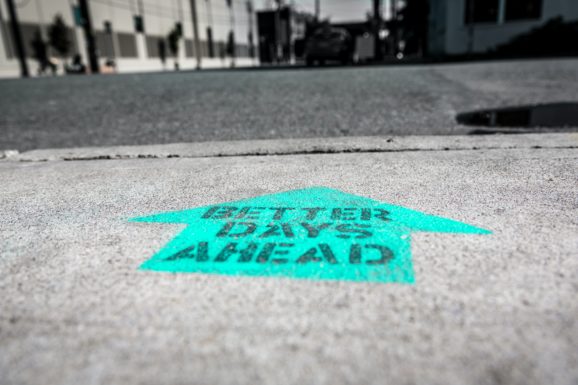Corporate progress on sustainability was already lagging when the pandemic’s triple hit to health, education and equality caused a re-allocation of resources and energy across sectors. The pandemic plunged 120 million people into extreme poverty, prompted 70 countries to halt child vaccination programs, while the global economy shrunk by 4.4%, and sustainability took a backseat.
Despite these challenges, some companies have continued to prioritize sustainability and even use it as a resiliency strategy. Adobe is one such company and sustainability goals have been incorporated into Adobe’s operations, products, and ecosystem.
Over the past three years, Adobe has seen a continued reduction in its total energy consumption by over 10,000MWh and reduced greenhouse gas emissions by 1,000 tons (2.2 million lbs).
When the pandemic hit in 2020, Adobe increased the ambitions of their SBTs and started powering its operations and digital supply chain with 100% renewable energy and has committed to fully decarbonizing by 2035. Its efforts have been aided through collaboration with customers, peers, and suppliers.
Throughout the pandemic, Adobe has used its platform to encourage companies and governments to come together to put climate action at the forefront of COVID-19 recovery efforts.
Adobe’s CEO, Shantanu Narayen, joined more than 150 business leaders in advocating the “Recover Better” UN initiative. Adobe, along with 300 other businesses, also joined “LEAD on Climate 2020”, the largest call to action from the business community seen to this day. The businesses involved in LEAD on Climate 2020 educate members of Congress on why and how the United States should “invest in resilient infrastructure and transition to net-zero emissions.”
Adobe has used its creative technology for sustainable solutions.
Brands like Ben & Jerry’s, for example, asked for Adobe Dimension’s help to create 3D renderings for their ice cream pints in a virtual photoshoot. Using digital photography is a more sustainable option when you consider travel costs, shipping of materials, the energy used for technology and lighting, and the emissions that are generated by in person photo shoots. Businesses and organizations such as TSB Bank, U.S. Census, Wintrust, North Tower in San Jose, United Nations Environment Programme (UNEP) and The Ocean Agency have all partnered or worked with Adobe to continue these successful sustainable efforts.
While efforts are being focused on the current crisis, it is important not to lose sight of the ongoing climate struggle. Corporate commitments and efforts can help keep sustainability on the agenda.
